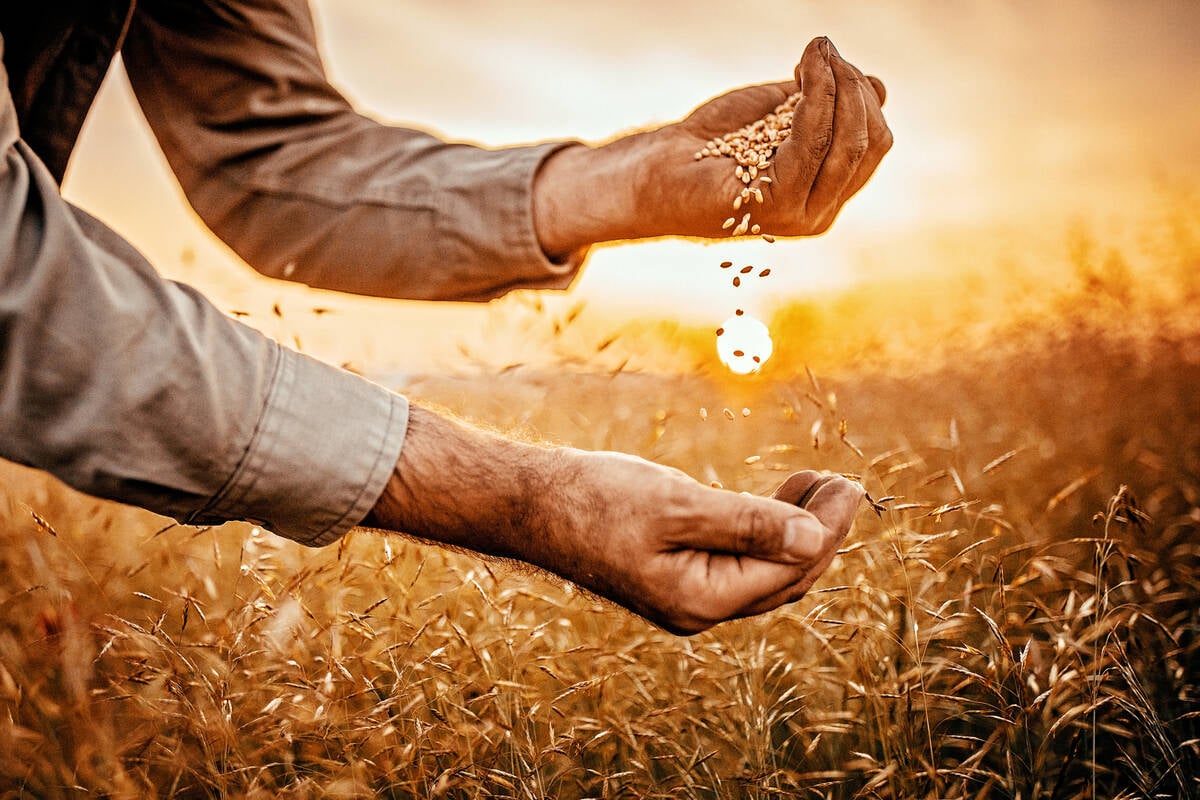Keystone Agricultural Producers has launched advertisements in Winnipeg to inform urban consumers that most of their grocery bill doesn’t go into farmers’ pockets.
The transit bus ads, which will run until the middle of September, show a piece of bread that is missing a small corner of the slice. The morsel of bread represents the farmer’s share of a consumer’s food bill.
KAP president Doug Chorney used a Winnipeg news conference earlier this month to unveil the bus ads and the results of a study on farmers’ share of grocery bills.
Read Also

Taking a look inside Canada’s seed regulatory overhaul
ive years, eight task teams, 130 volunteers and 135 recommendations later, Canada’s seed industry is still waiting for meaningful regulatory change.
Alma Kennedy, a retired University of Manitoba agriculture professor, led the farmer’s share research project, which was jointly funded by KAP, the Agricultural Producers Association of Saskatchewan and Wild Rose Agricultural Producers of Alberta.
Kennedy, who has conducted previous farmer’s share projects, said this year’s study is slightly different because it considered prices at three major grocery chains and looked solely at food products from the Prairies.
“This year we focused in on specific food items that most consumers buy each week and eliminated items that were produced outside of the prairie provinces,” she said, noting she tracked the prices of carrots, potatoes, cereal, bread, yogurt, eggs, pork and chicken.
She said farmers’ share of vegetable sales has declined from previous studies, while their share of meat, dairy and grain sales is increasing.
Farmers received 55 percent of the grocery price for dairy products, 41 percent for meat and meat alternatives, 28 percent for vegetables and five percent for grain.
In 2008, dairy farmers received 47 percent of the grocery store dollar, livestock producers received 34 percent, vegetable growers received 39 percent and grain farmers received four percent.
Kennedy found that livestock producers’ share has increased because farmgate prices have increased over the last couple years, while consumer costs have remained fairly steady. Similarly, changes to the farm price for milk gained relative to price changes for dairy products at the grocery store.
However, Chorney said the farmer’s share for grain remains exceptionally low, which is concerning because 55 percent of all farm cash receipts in Manitoba come from grain.
Using his farm in East Selkirk, Man., as an example, Chorney said he would receive $90,000 if he grew 300 acres of wheat that yielded 50 bushels per acre.
However, the bread, cereals and other products from his wheat would generate $1.8 million in sales for grocery stores.















